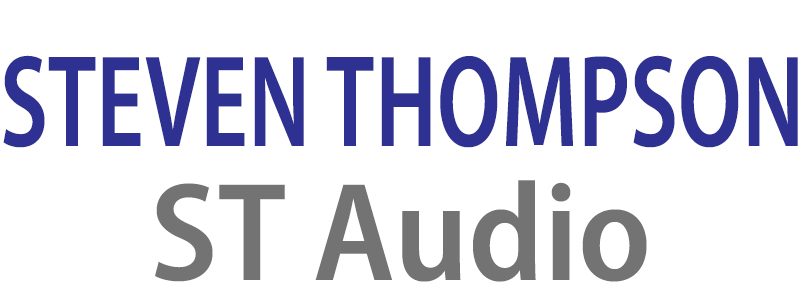Mobile DJ PA Advice:
P.A. For Mobile DJs, Vocal Acts And Function Bands
Section 1 – Introduction And Context
Section 2 – Good Sounding P.A. – Specifically, What Do We Mean?
Section 3 – Typical Acoustic and Electroacoustic Challenges Facing Mobile P.A.
Section 4 – Sound Pressure Level and Distribution
4.1 Determining Appropriate Level
4.2 SPL By Law
4.3 How Does Power Rating And Sensitivity Come Into This?
4.4 How Important Is Level Variance?
4.5 Achieving Greater Control Over Level Distribution Throughout The Venue
4.5A Move The Loudspeaker System Back From The First Lister And Higher In Elevation
4.5B Reduce The Rate Of Drop Off In Level Over Distance, By Using Drivers Which Couple
4.5B I The Dipole Loudspeaker
4.5B II Line Array Of Drivers
4.5B III Is It Worth Investing In A Highly Engineered System?
4.5C Introduce A Secondary System, Part Way Down A Venue
4.6 Should There Be The Same Level Throughout The Venue Though?
Section 5 – Achieving Intelligibility / Clarity With P.A.
5.1 Clarity Defined
5.2 Overview For achieving Intelligibility / Clarity
5.3 Tuning The System For Its Purpose
5.4 Minimising Acoustic Energy Reaching The Walls, Floor and Ceiling
5.4A Maintaining Dispersion Control Down To A Lower Frequency Via A Dipole Arrangement Of Drivers Within The Same Cabinet
5.4B Reducing Vertical Dispersion By Spacing Of Many Drivers In A Vertical Column
5.4C Horns Which Create A Narrower Dispersion
5.4D Ensuring The High Frequency Component Of The System Isn’t Being Blocked By People’s Heads
5.4E Incorporating Room Dressing
Section 6 – Appropriate Frequency Response
6.1 The Limitations Of On Axis Frequency Response Plots
6.2 What Is A Good Frequency Response Anyway?
6.3 Low Frequency Output Capability
Section 7 – Ways To Prevent Feedback
7.1 What Causes Feedback?
7.2 The Slightly More Technical Bit… For Those Who Want It
7.3A Working Behind The F.O.H P.A.
7.3B Try A Different Microphone
7.3C Decrease The Distance Between The Source And The Microphone
7.3D Increase The Distance Between The Source And The Loudspeaker
7.3E Avoid Positioning In The Sweet Spot
7.3F Gain Shading When Using A Microphone In Front Of The P.A.
7.3G Graphic E.Q.
7.3H Feedback Suppressor
Section 8 – Reliability and Failsafe
8.1 Loudspeakers With Active Amplification
8.2 Uninterruptable Power Supply
Section 9 – The Relevance Of Stereo
Section 10 – Conclusions
